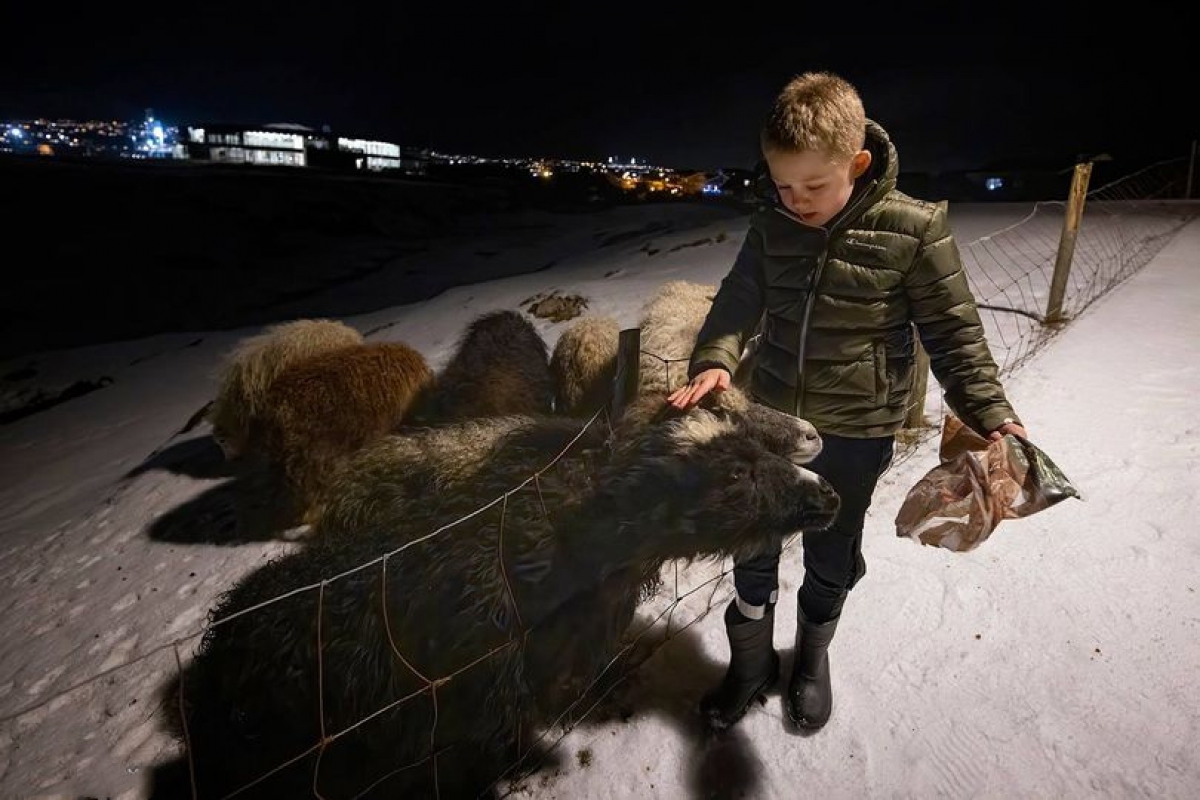Population
10. Feb 2021
An excess of births and positive net migration led to significant population growth in 2020

Last year’s population growth was virtually the same as in the previous year. The population increased by 848 people (1.6%) from 1 January 2020 to 1 January 2021, compared to 837 people (1.6%) in the previous 12-month period.
The Covid-19 pandemic has not changed the population growth. A large excess of births compensated for a slight dip in the positive net migration rate, which leaves the upward trend for the past seven years unchanged.
Positive net migration continues
The most important factor in the Faroese population trend is migration to and from the country. The net migration rate has been positive for the past seven years. The immigration rate remains high, but this growth has now turned into a slight decline. The emigration rate continues to go down. Overall, the net migration rate remains high.
Large excess of birth – especially due to fewer deaths
The number of births was about the same in 2020 (678) as in 2019 (683). However, with 46 fewer deaths last year, the excess of births increased by 41 to 313. The excess of births was at its lowest nine years ago, at just below 200. It has seen a steady increase since then. Not since 2004 has the excess of births been above 300.
Suðuroy sees biggest population increase in two decades
Tórshavn and Eysturoy have seen the biggest population growth in numbers (1.9% and 1.8% respectively).
However, the relative population growth is at a same level (1.9%) in Sandoy. This is due to a high level of immigration, both domestic and international.
Suðuroy has also seen a high relative population growth – 1.4% – which is the biggest growth in two decades.
How migration and excess of births affect population growth
The key factors in population change are the excess of births over deaths and the net migration rate. The graph below shows that all regions – except Vágar – have net migration as the major contributor to population growth.
The graph also shows that the growth in Sandoy and Suðuroy is entirely due to immigration.
Municipalities
Islands
Population figures have a one-month lag
The figures have a one-month lag due to delays in registrations, especially regarding address changes, where many registrations are made after the month of address change has ended. To accommodate as many corrections as possible, there is a one-month lag in the data.
About the population figures
The population is defined as all individuals registered in the national register as residents of the Faroe Islands. Population data includes date of birth, gender, place of birth, citizenship, relationship status, and, where applicable, information on immigration and emigration, domestically as well as between the Faroe Islands and other nations.
About the trend
The trend describes the population trend by adjusting for seasonal effects and other error components in the population figure.